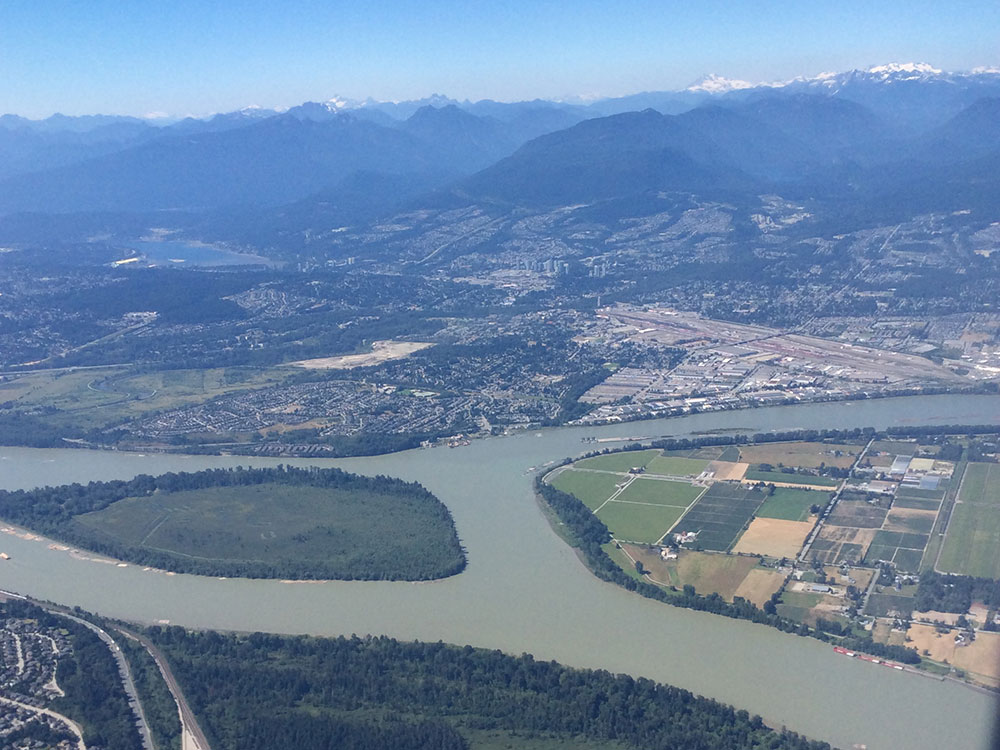Size

28. The population size of a settlement depends on its roles in serving certain needs for its inhabitant and for its larger settlement system.
Issues around optimal population size and settlements have a long history, stretching back to Aristotle. Many intelligent voices have spoken their opinions on the matter, including Leonardo and Ebenezer Howard, founder of the Garden City Movement. Milton Keynes in Buckinghamshire, England, a settlement greatly influenced by Howard, was designed for a target of 250,000 in the 1960s, for example. More recently, The Pragmatist’s Pavel Podolyak put forth his opinion suggesting: “optimum national sizes to be 10-50 million, optimum city size of 1 million and below for most major cities in a country, and the exception for largest national city at no more than 5 million” (Podolyak, 2014, para. 18).
Through his extensive research, it was evident to Doxiadis that settlements came in a very wide range of shapes and sizes, with an equally diverse population base. As such, classification of any sort would be “somewhat arbitrary.” However, he also recognized that their diversity required a classification system in order to allow study. So, he offered his own scalar classification system—the Ekistic Logarithmic Scale—arranging a series of fifteen scalar units (Law 0) according to population and area.
Without delving into the specifics of Doxiadis’ system, it is important to note that he considered the smallest ‘unit’ of settlement the human being. At the opposite extreme lay the Ecumenopolis, a planet-wide settlement system of over 30,000,000,000 people that still respected human dimensions (Law 25).
In contrast to many who have put forth exact estimates on optimal size, Doxiadis believed that there was neither a specific number that defined the ideal population size, nor necessarily any limits. To his mind, settlements could—and should—grow in line with the needs of the inhabitants and its (dynamic) role within its larger settlement system.
The iconic image of NASA’s View of the World at Night speaks well to Doxiadis’ prediction—showing the far-reaching interconnected global system of settlements that comprise the contemporary world.
Further Reading (full citations found in reference list):
- Constantino Doxiadis – Ekistics: An Introduction to the Science of Human Settlements
- Constantino Doxiadis et al. – Ecumenopolis: The inevitable city of the future
- Ebenezer Howard – Garden Cities of Tomorrow
- The Pragmatist (Pavel Podolyak) – Optimum City Population Size – http://pavelpodolyak.blogspot.ca/2014/11/optimum-city-population-size.html
- MIT course – Theory of City Form – Julian Bienart – Lecture 4: Normative Theory 4—The City as Organism – https://ocw.mit.edu/courses/architecture/4-241j-theory-of-city-form-spring-2013/video-lectures/lec-4-normative-theory-iii-the-city-as-organism/
- NASA – Views of the World at Night – https://www.nasa.gov/mission_pages/NPP/news/earth-at-night.html
29. The physical size of a settlement depends on its population size, its needs, culture (technology, etc.), its role within the larger settlement system, and its geographic, topographic, climatic, and geologic conditions.
Although Doxiadis deemed population size, the needs of inhabitants, and the role within the larger settlement system as critical to a settlement’s physical size, he importantly noted that material boundaries are also greatly affected by physical conditions. The original law cites only “topographic conditions”, but it is critical to expand this to include geographic, climatic, and geologic circumstances. Similarly, culture (i.e. technology, values, etc.) also greatly influences the form and development patterns of settlements. Issues around the influence of technology on physical boundaries have also been described in Law 27 with reference to the phenomenon of the favelas of Rio and their transformations.
Needless to say, the physical size and boundaries of a settlement occur at the complex convergence of all these influences. Although not speaking directly to the physical size of settlements, Amos Rapoport’s House Form and Culture and Bernard Rudofsky’s Architecture Without Architects: A Short Introduction to Non-Pedigreed Architecture are some of the well-known books on how culture (technology, etc.), behaviour, and the natural environment (climate, geography, etc.) influence the built world. Also worth mentioning is the work of Mark DeKay and G. Z. Brown, Sun, Wind, and Light: Architectural Design Strategies, that accurately speaks to how complex climatic phenomena can influence the design of settlements at various scales.
It is interesting to note that the phenomenon of settlements in decline is not included in Doxiadis’ original description. Yet, given that settlements are dynamic in nature (Law 7 and 22), their physical size is changing continuously. Within this context, shrinking settlements are also critical to understand within the context of physical size. The German Federal Cultural Foundation’s Shrinking Cities Project offer important resources in this area, covering cities such as Detroit and Manchester, both of which are former industrial city superpowers.
Further Reading (full citations found in reference list):
- Constantino Doxiadis – Ekistics: An Introduction to the Science of Human Settlements
- Stephen Graham – Vertical: The City from Satellites to Bunkers
- Mark DeKay and G. Z. Brown – Sun, Wind, and Light: Architectural Design Strategies
- Amos Rapoport –House Form and Culture
- Bernard Rudofsky – Architecture Without Architects: A Short Introduction to Non-Pedigreed Architecture
- Shrinking Cities – http://www.shrinkingcities.com/kultur_schrumpfen.0.html?&L=1
- McKinsey Global Institute – “Shrinking cities: the rise and fall of global urban populations – mapped” in The Guardian, Nov. 2016. – https://www.theguardian.com/cities/gallery/2016/nov/02/global-population-decline-cities-mapped
- McKinsley Global Institute, 2016, Urban world: Meeting the demographic challenge – file:///Users/e_vill1/Desktop/McKinsleyGlobalInstitute_Urban-World-Demographic-Challenge_Full-report.pdf

